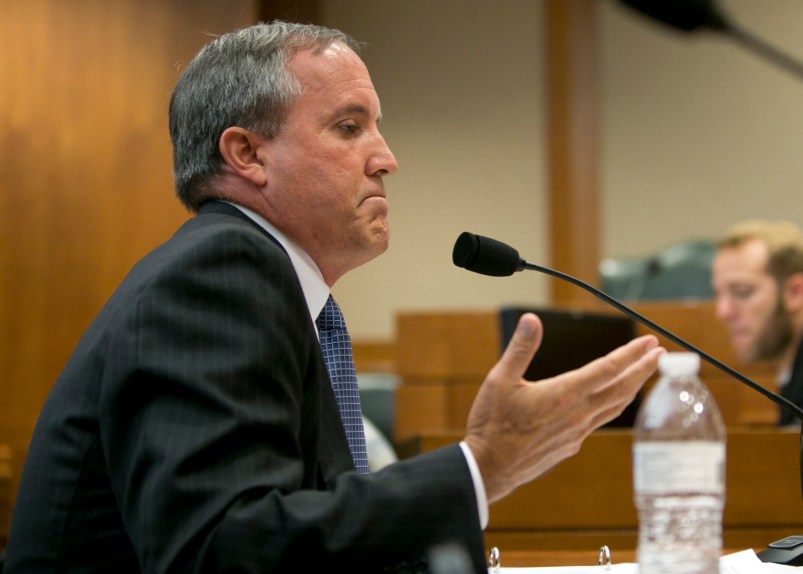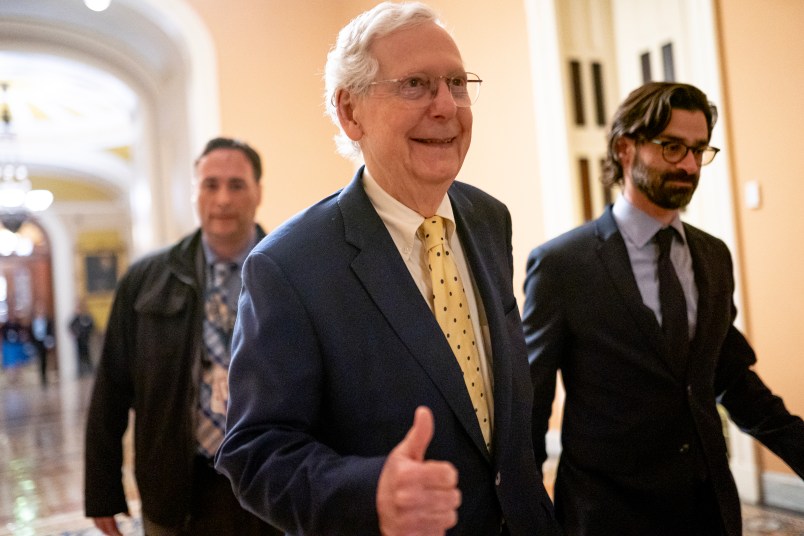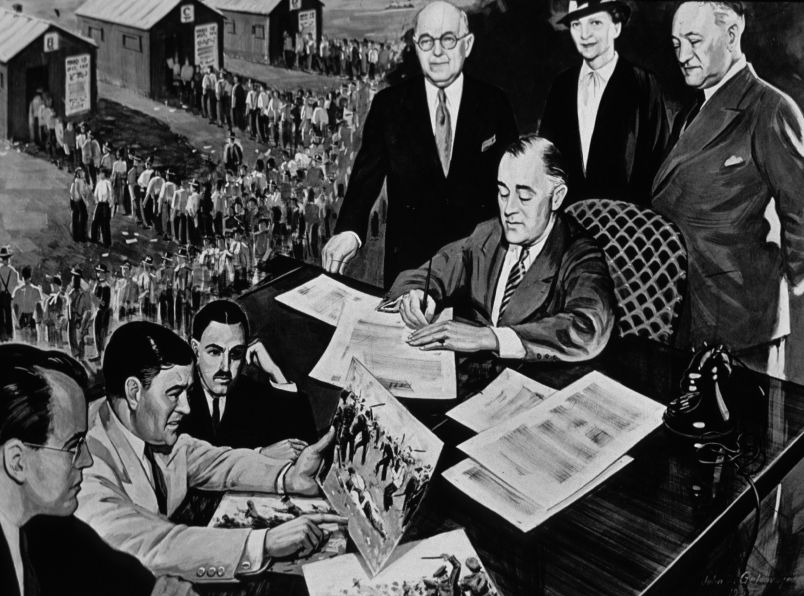This article is part of TPM Cafe, TPM’s home for opinion and news analysis.
During the first debate between Ohio’s U.S. Senate candidates J.D. Vance (R) and Tim Ryan (D), Vance reminded the audience that his mother struggled with addiction, but that she’s fortunate to not be using during the current, brutal period when illicit fentanyl has poisoned the drug supply.
That’s true. Illicit fentanyl is more dangerous than regulated manufactured opioids, the kind that choked the illicit market in Ohio until around 2011. At that point, as restrictions on opioids became tighter many people turned to other substances; they began using heroin, and, eventually, fentanyl. Today, fentanyl has poisoned the drug supply and is responsible for the vast majority of the almost 5,200 overdose deaths in Ohio last year.
Vance’s comment offered a glimpse of the gravity of this ongoing crisis and the way in which it has evolved. But as someone who has been reporting on it in Ohio for the past seven years, watching the two Senate debates was frustrating. It seemed to me that both candidates were competing in a race to the bottom — a bottom littered with cash for the DEA, scaremongering around “rainbow fentanyl,” and the tired rhetoric of border reinforcement as a panacea for the overdose crisis.
This overdose crisis has now gripped America for nearly a decade. It is not, and should not become, normal. Politicians should be addressing it head-on. And yet, most seem to misunderstand it or to parrot popular beliefs that skirt reality and science.
Because of his family experience, Vance claims the most bona fides on this issue — and is, therefore, the most problematic. In 2017, Vance announced a return to his home state and that he was launching a nonprofit called Our Ohio Renewal to help address the opioid crisis — a claim his bio on The New York Times website reinforces still. The truth is that his nonprofit did little to address the crisis. Instead, it paid one of his key political advisors, spent $45,000 on a survey of the “social, cultural, and general welfare needs of Ohio citizens,” and funded a residency for a psychiatrist with ties to Purdue Pharma, a company that preyed on the community he claims to represent. His interactions with the pharmaceutical industry continue to dog his campaign: Most recently he cancelled a fundraiser in Cincinnati after Spectrum News revealed that the host was cited in a lawsuit against Purdue Pharma and alleged he was one of the top 10 Oxycodone-prescriber’s in the United States, citing information compiled by ProPublica.
But now, Vance claims, President Joe Biden is the one targeting Americans. Last spring, he went so far as to say in an interview with The Gateway Pundit that Biden was plotting to exterminate MAGA voters: “If you wanted to kill a bunch of MAGA voters in the middle of the heartland, how better than to target them and their kids with this deadly fentanyl?…It does look intentional. It’s like Joe Biden wants to punish the people who didn’t vote for him.” During the first debate, Vance kept this line of argument alive, saying that the presence of fentanyl is much worse than it was two years ago because Tim Ryan and Joe Biden have conspired to not support the border wall or any of the measures that he says would prevent fentanyl from coming into Ohio.
Despite the heated rhetoric, there’s no evidence to suggest that lax border security is the source of the problem. The vast majority of fentanyl seized at regular ports of entry is being carried by U.S. citizens, the Cato Institute notes in an analysis citing DHS data. Tightening the border will only make things worse. The Iron Law of Prohibition asserts that a prohibited substance’s potency increases in proportion to law enforcement. This law has played out in tragic fashion in Ohio over the past decade: Stringent regulation of licit opioids forced many people onto the black market and interdiction of heroin led to more easily trafficked fentanyl.
For his part, Ryan asserted during the first debate that a wall might not be the best idea, but that border security could be improved especially given the threat of fentanyl, “even more so with rainbow fentanyl, which is scary for everybody.” After that gem, Ryan added, “I have a resolution designating fentanyl as a weapon of mass destruction so we can have a whole government approach.”
“Rainbow fentanyl” is a DEA-fueled and conservative media-boosted boogeyman which has taken up a central place in the annual, pre-Halloween scaremongering about threats to kids (cartels and dealers are not targeting your children with brightly colored drugs!). Designating fentanyl as a weapon of mass destruction is an idea in vogue among several Republicans including Colorado Rep. Lauren Boebert. Are they kidding?
Sadly, they aren’t kidding.
Every overdose death is a policy failure, and the greatest policy failure is the war on drugs.
The second debate was more of the same: J.D. Vance called for securing the borders, again blaming President Biden and Tim Ryan, and Ryan also said we need to secure the border and declare fentanyl a WMD. (Georgia Rep. Marjorie Taylor Greene echoed these sentiments last week on Twitter, adding Homeland Security Secretary Alejandro Mayorkas to the list of people Republican politicians have deemed responsible for the poisoned drug supply.)
The truth is that every overdose death is a policy failure, and the greatest policy failure is the war on drugs. But there are researched-based and proven approaches that can help put out the fire right now: access to naloxone, safe consumption spaces, medically assisted treatment, safe supply, decriminalization, and support for community-based efforts to end overdose.
Most of my sources in Ohio tell me stories about mutual aid and communities working together to address this crisis — and it would be great if politicians would speak with them. I’ve seen that work with my own eyes: grassroots activists — poor, working class, Queer, Black and brown people — helping people who use drugs find the support they need, offering safe-use supplies, and fighting for policy change. They are saving lives despite insurmountable odds and often at great risk to their own safety, approaching the crisis through harm reduction, a public health approach to mitigating the harms of substance use but also a social justice movement committed to ending the harms of the war on drugs.
These people rarely have a seat at the table. That’s a shame, because they know what’s best for their communities.
On a warm afternoon last June, I went to a Pride festival in J.D. Vance’s hometown of Middletown, Ohio. There, I spoke with AmandaLynn Reese, who was posted up near the main stage, spreading out boxes of the overdose reversal drug naloxone and fentanyl testing strips on a blanket in the shade.
Reese works for Harm Reduction Ohio, a leading advocacy organization addressing overdose around the state, and helps run a statewide naloxone distribution network. Like Vance, she has Appalachian roots. Her grandmother is from West Virginia and grandfather from Kentucky — she grew up in Appalachian Ohio. And her own parents died because of addiction — so it’s personal for her, too.
“I’m as Appalachian as you can get,” Reese says. “He’s telling my story, but he’s telling it wrong.”
In Reese’s story, she was born in Appalachian Ohio but didn’t leave it. Hers is no elegy that blames a culture or individuals — it’s a narrative of building community, building resistance to a deadly crisis. Unlike Vance, she’s doing something. She’s on the ground with the people who need the most help.
Folks like Reese, and all the others doing the work of saving lives, deserve better than politicians who use tired tropes to talk about substance use or who use this crisis as a vehicle for peddling other agendas. At best, it’s irresponsible. At worst, it’s deadly.









